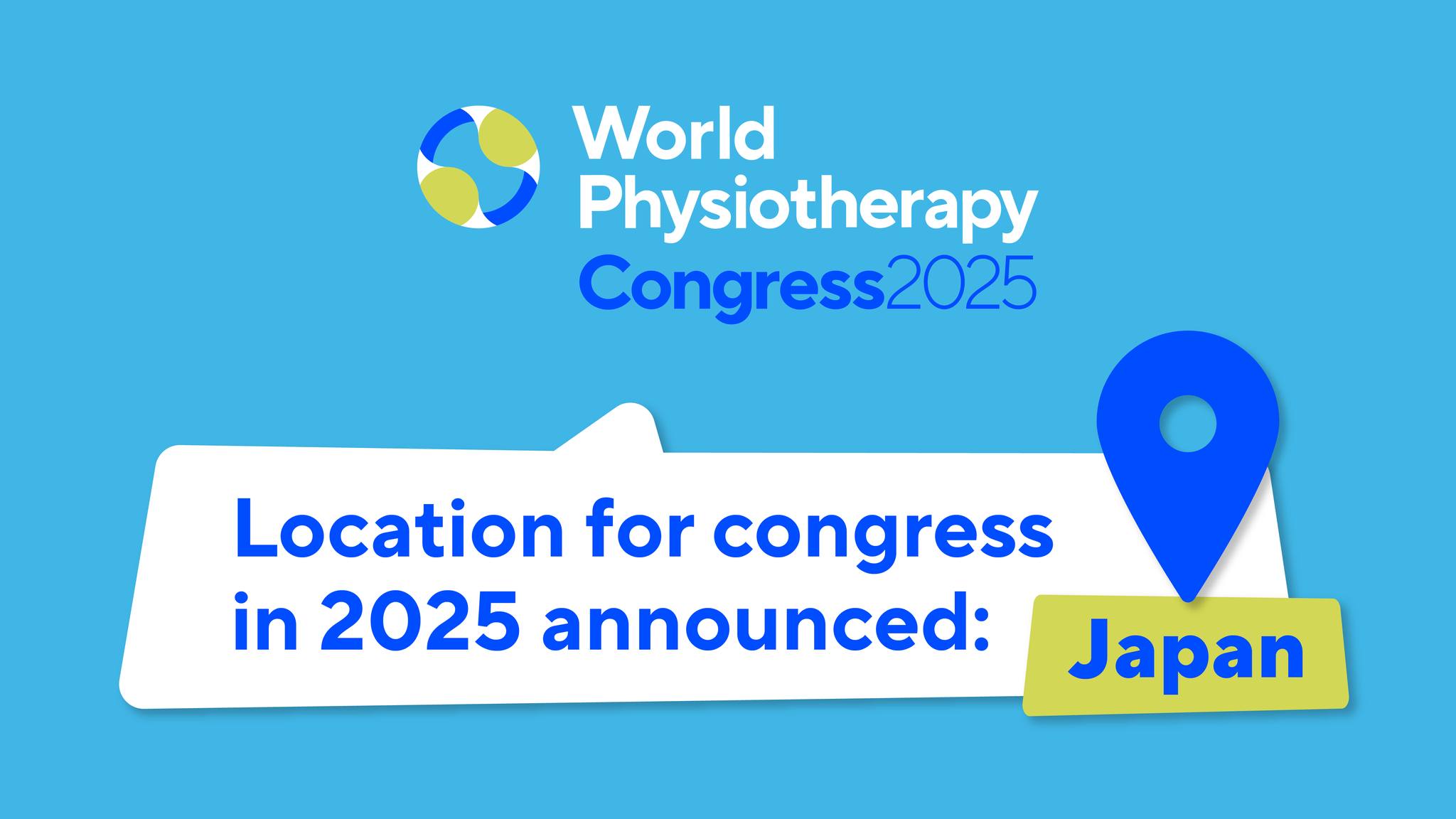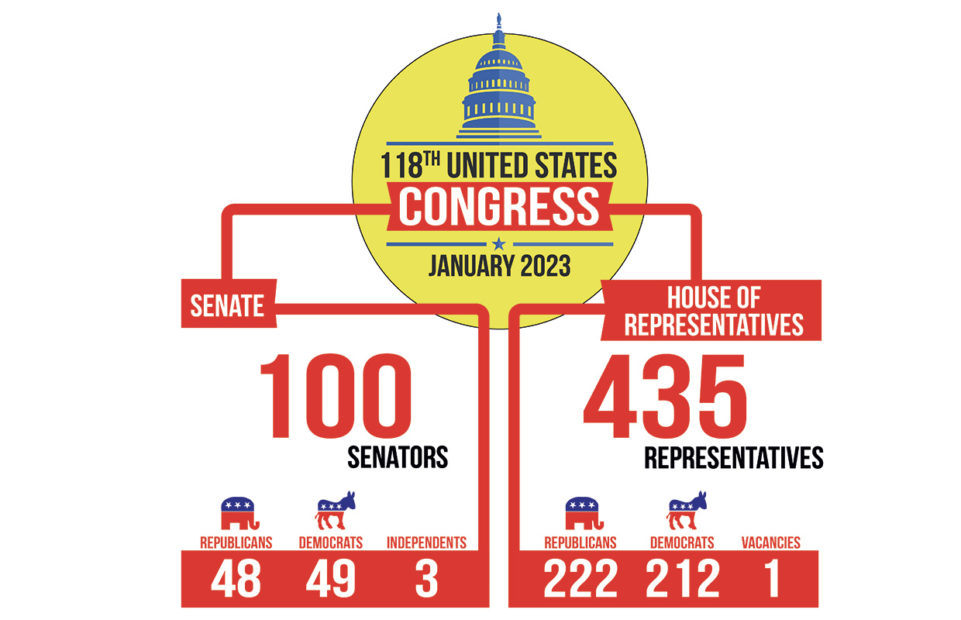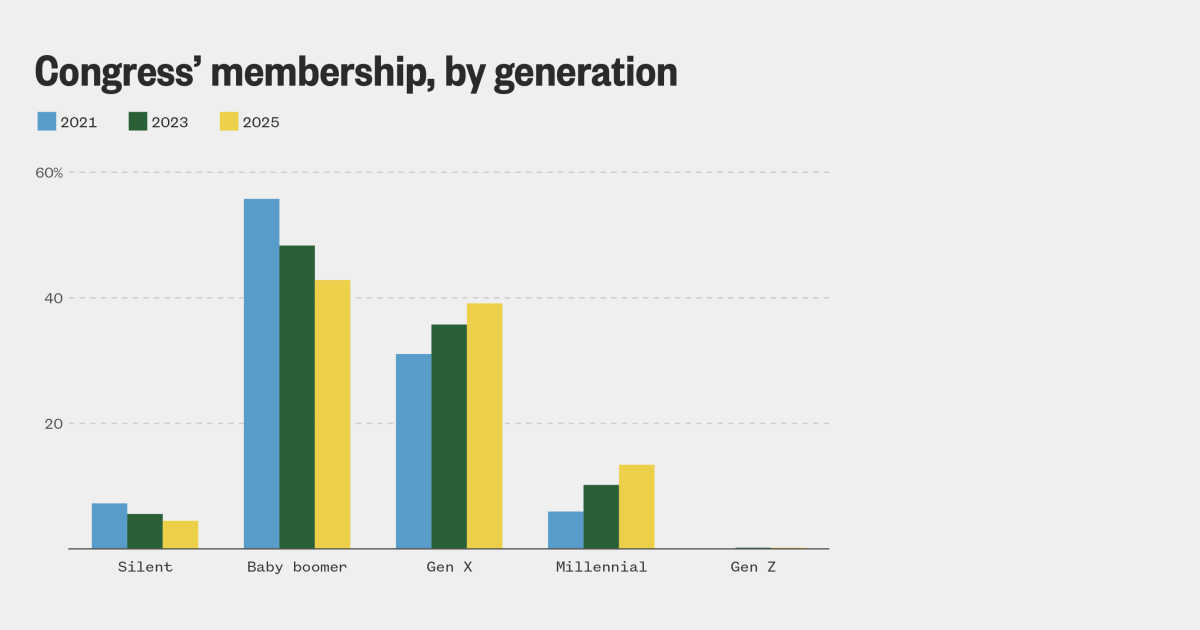Understanding the Full-Year Continuing Appropriations Act: What You Need to Know
BlogTable of Contents
- Brain Conference 2025 - Datha Margot
- 25th World Congress of Dermatology - SpectruMed Inc.
- The 2025 Congress is the third oldest in U.S. history - Internewscast ...
- Match 2025 Results Physiotherapy - Brenn Clarice
- What’s Going On in the U.S. Congress? – Speakeasy News
- EASL Congress 2025 - EASL-The Home of Hepatology.
- 25th World Congress of Dermatology - SpectruMed Inc.
- When Is Congress In Session 2025 - Bill Marjie
- D-Congress 2025 - "Eventet du helt enkelt inte får missa" - Svensk Handel
- Match 2025 Results Physiotherapy - Brenn Clarice



What is H.R.1968?



Key Provisions of H.R.1968




Implications of H.R.1968
The passage of H.R.1968 would have significant implications for the country. Some of the potential benefits include: Stability and Predictability: By providing full-year funding for government agencies, H.R.1968 would bring stability and predictability to the budgeting process, allowing agencies to plan and budget for the long term. Economic Growth: The bill's funding for infrastructure projects and disaster relief efforts could help stimulate economic growth and create jobs. Improved Healthcare: The inclusion of funding for healthcare programs could help improve access to healthcare for millions of Americans. However, there are also potential drawbacks to the bill, including: Increased Spending: H.R.1968 would increase government spending, which could lead to a larger deficit and higher taxes. Partisan Debate: The bill's inclusion of funding for border security measures and other contentious issues could lead to partisan debate and gridlock. In conclusion, H.R.1968, the Full-Year Continuing Appropriations Act, is a significant piece of legislation that has the potential to shape the country's budget and policy landscape for the next fiscal year. While the bill has its benefits and drawbacks, it is clear that it will be a major topic of debate in the coming months. As the bill makes its way through Congress, it is essential to stay informed and engaged, and to consider the potential implications of H.R.1968 for the country. By understanding the key provisions and implications of H.R.1968, we can better navigate the complex world of federal budgeting and policy-making, and work towards a more stable and prosperous future for all Americans.Keyword: H.R.1968, Full-Year Continuing Appropriations Act, 119th Congress, federal budget, government spending, healthcare, border security, disaster relief, economic growth.